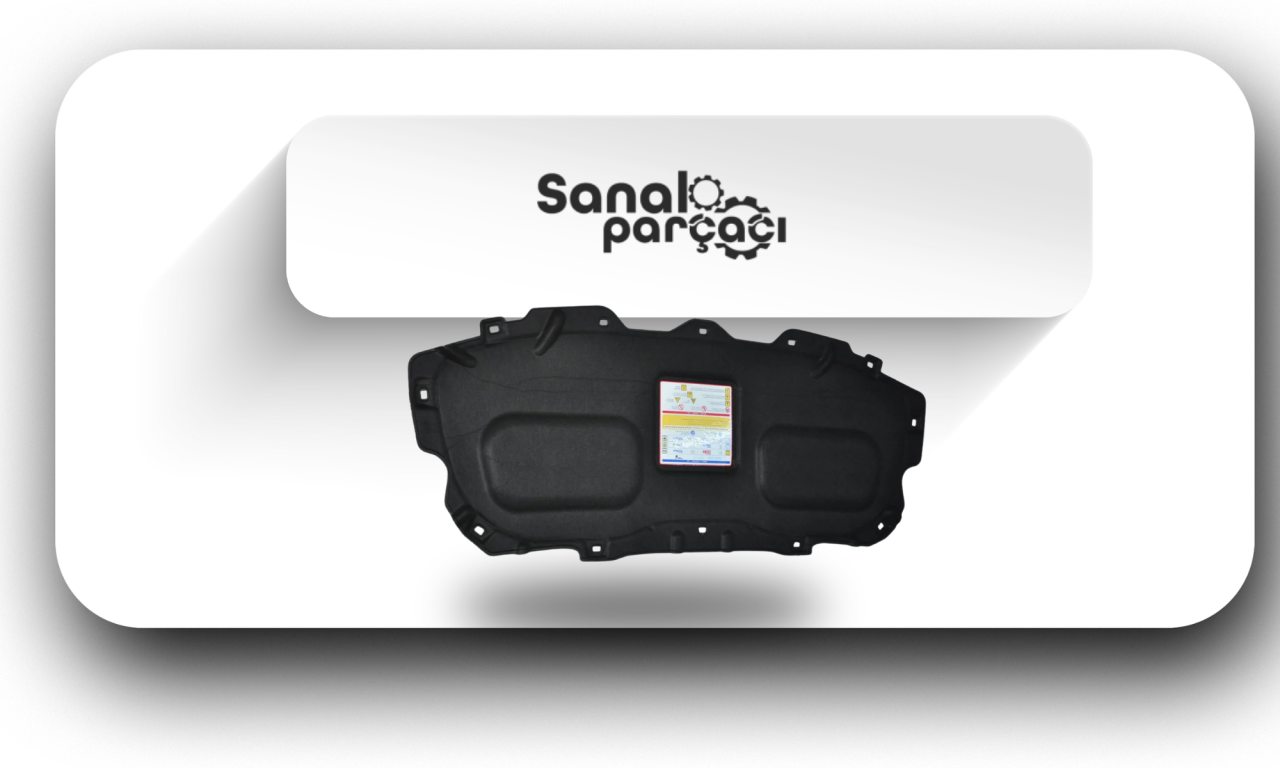What is Engine Hood Seal?

Engine hood insulation felt is a material that covers the part of the car engine that comes into contact with the hood. This insulation felt reduces noise and vibration in the engine compartment, increasing driving comfort. It also controls the temperature of the engine compartment, providing better performance.
Bonnet insulation felts are usually made of bituminous felt, which is a thick and dense material. This material prevents the transmission of sound and prevents outside noise from entering the interior. It also absorbs the vibrations produced by the engine, providing a quieter ride.
The bonnet insulation felt is also used to control the temperature of the engine compartment. The engine compartment, exposed to flammable materials such as burnt gasoline and engine oil, can reach high temperatures. These high temperatures can cause damage to the interior. The bonnet insulation felt protects the engine compartment by reducing the temperature and provides better performance.
In addition, the engine hood insulation felt increases fuel efficiency by reducing fuel consumption. It prevents the noise generated by the engine operation, allowing the driver to focus and get less tired. This provides a more comfortable and attentive driving experience.
The engine hood insulation felt also improves the overall appearance of the car. It blocks outside noise, creating a quieter and more luxurious atmosphere for the car. It also keeps the engine compartment clean, providing a more tidy appearance.
In conclusion, the bonnet insulation felt is an important component that improves the performance of the car, increases driving comfort and increases fuel efficiency. It provides a more comfortable ride by blocking noise and vibration and protects the engine. It also improves the appearance of the car and provides a quieter driving experience.
What Happens If There Is No Hood Felt?
The hood insulation mat plays an important role in balancing the high temperature and heat transfer in the engine compartment. The hood insulator provides a balance between the engine compartment and the interior by spreading the heat to the area. In this way, the hot air emitted from the engine is better controlled and the interior is kept cooler. In the absence of a hood insulator, more heat can be transferred to the interior, which can reduce the efficiency of the air conditioning system.
In addition, the hood insulation felt absorbs vibrations and increases driving comfort. The vibrations that occur while the engine is running are reduced by the hood isolator and pass less into the interior. However, when this part is missing, the vibrations can be felt more and cause discomfort to the driver.
